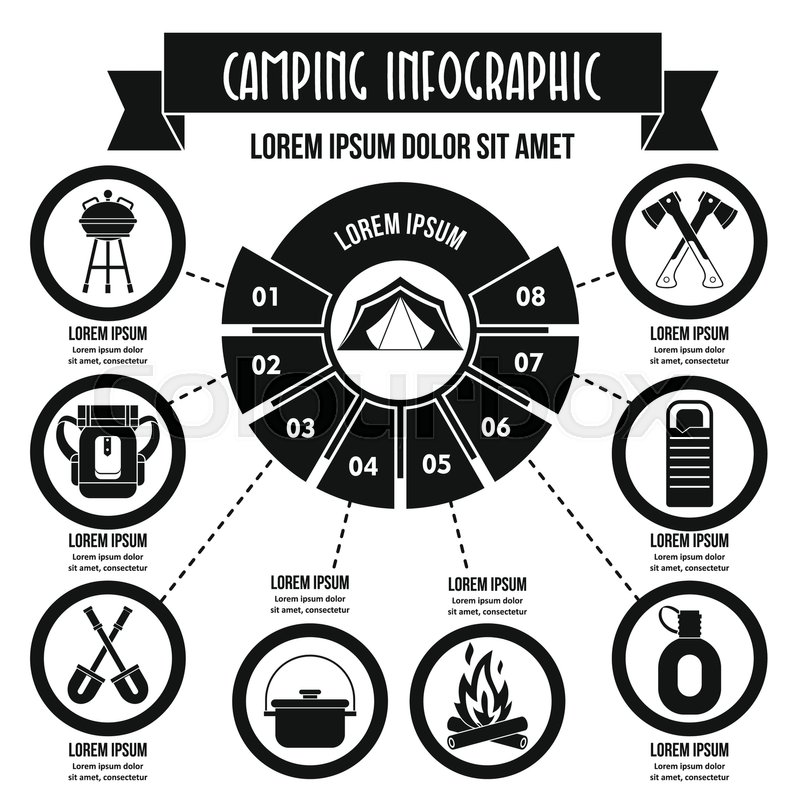Winter season camping is an enjoyable and adventurous experience, yet it needs proper equipment to ensure you remain warm. You'll require a close-fitting base layer to trap your temperature, together with a shielding coat and a waterproof covering.
You'll additionally require snow stakes (or deadman anchors) buried in the snow. These can be connected using Bob's smart knot or a regular taut-line hitch.
Pitch Your Tent
Wintertime camping can be a fun and adventurous experience. Nonetheless, it is important to have the correct equipment and recognize just how to pitch your camping tent in snow. This will avoid cold injuries like frostbite and hypothermia. It is additionally crucial to eat well and stay hydrated.
When establishing camp, see to it to select a site that is sheltered from the wind and without avalanche threat. It is also a great concept to pack down the area around your camping tent, as this will certainly help in reducing sinking from temperature.
Before you set up your camping tent, dig pits with the exact same dimension as each of the support factors (groundsheet rings and guy lines) in the center of the tent. Fill up these pits with sand, rocks or perhaps things sacks filled with snow to compact and protect the ground. You might additionally intend to think about a dead-man anchor, which includes linking tent lines to sticks of wood that are buried in the snow.
Load Down the Location Around Your Camping tent
Although not a need in most areas, snow stakes (likewise called deadman supports) are an excellent addition to your camping tent pitching set when outdoor camping in deep or pressed snow. They are primarily sticks that are made to be buried in the snow, where they will freeze and produce a solid support factor. For ideal outcomes, make use of a clover drawback knot on the top of the stick and hide it in a couple of inches of snow or sand.
Establish Your Outdoor tents
If you're camping in snow, it is an excellent concept to make use of an outdoor tents made for winter months backpacking. 3-season outdoors tents function great if you are making camp listed below timberline and not expecting especially severe weather, but 4-season tents have sturdier poles and fabrics and supply even more security from wind and heavy snowfall.
Make sure to bring sufficient insulation for your sleeping bag and a cozy, completely dry blow up mat to sleep on. Blow up floor coverings are much warmer than foam and assistance avoid cool places in your camping tent. You can likewise add an extra floor covering for resting or cooking.
It's likewise a good concept to establish your camping tent near to a natural wind block, such as a team of trees. This will certainly make your camp extra comfy. If you can't discover a windbreak, you can develop your own by digging openings and burying items, such as rocks, tent stakes, or "dead man" anchors (old outdoor tents person lines) with a shovel.
Tie Down Your Tent
Snow risks aren't needed if you make use of breathable fabric the appropriate methods to secure your camping tent. Buried sticks (maybe collected on your strategy walking) and ski poles work well, as does some variation of a "deadman" hidden in the snow. (The idea is to create a support that is so strong you won't have the ability to pull it up, even with a great deal of effort.) Some manufacturers make specialized dead-man supports, but I choose the simpleness of a taut-line hitch connected to a stick and after that buried in the snow.
Be aware of the surface around your camp, specifically if there is avalanche risk. A branch that falls on your tent could harm it or, at worst, harm you. Likewise be wary of pitching your outdoor tents on a slope, which can trap wind and cause collapse. A sheltered location with a low ridge or hill is much better than a steep gully.
